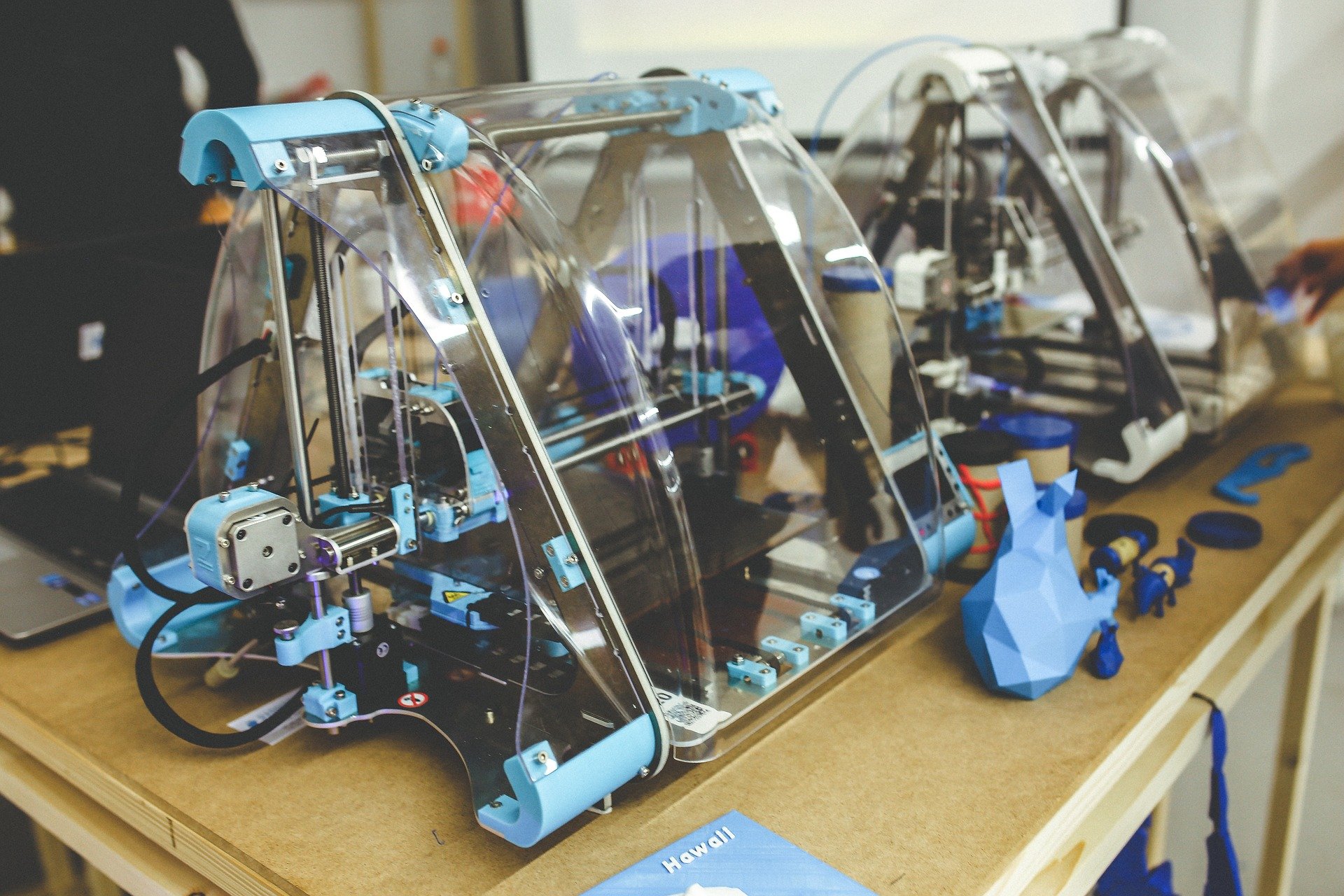3D printers have become a hot news story lately. From the panic that ensued when 100,000
files of a 3D printer design for a single shot pistol were downloaded, to weekly arguments
about who gets to use theirs on ABC’s award winning drama Grey’s Anatomy, this new
technology has really grasped the media’s attention, and has some people asking themselves
if they need one.
We are all familiar with the office (or home) desktop printer cheerfully spitting out reams of
brightly coloured printouts on demand. Now imagine a similar device sitting next to your
computer that can print out a plastic part for your vacuum cleaner or dishwasher. Instead of
ordering the part from the manufacturer, you simply download the CAD file and make your
own.
The printing process is remarkable similar to paper printing in theory. The CAD file is fed to
the printer which then breaks the image down into layers, then from cartridges filled with a
various materials, liquid polymer for instance, the printer re-builds the design one thin layer
at a time until your design is physically sitting before you.
Before that idea is dismissed as too futuristic, it was not so long ago that laser printers where
business only hardware, financially beyond the reach of most households. If you wanted
some printing done you went to a print store, but these days almost every home has one as
they can be picked up in supermarkets for less than £30.
Right now a 3D printer will cost between £1000 and £250,000 depending on type and scale,
and are being used in industry all over the world. General Electric build turbines for jet
engines with theirs, but smaller models like the Cubify Cube are clearly aimed at the
domestic market.
Children hand in their homework at school neatly printed and bound already; maybe soon
their teachers will be receiving a scale model of the inner ear or a DNA helix.
Cubes range from approximately £1000-£2000, are promoted as kid safe and their marketing
takes great pains to show all the fun stuff you can use them for, like making iPhone covers,
shoes and toys, but the price still makes them more of a luxury gadget than a modern
convenience. As we have seen with laser printers, not to mention computers and smartphones,
it does not take long for prices to fall to the point where every home will have one. Experts
say as new models come out and competition heats up, they expect the price to have dropped
to nearer £100 by 2015.
Apart from the price, consumers who do investigate 3D printers are often put off by the
software, which at the moment is very hard to use, limiting the appeal of 3D printers to
enthusiasts who want to master them. Rather like home computers in the nineteen eighties.
However, with another printer manufacturer, MakerBot, focussing on addressing this issue
and websites like turbosquid.com making catalogues of 3D models available to the general
public, clearly it won’t be long before they become much more user friendly. There will also
be a boom in the market for third party software.

